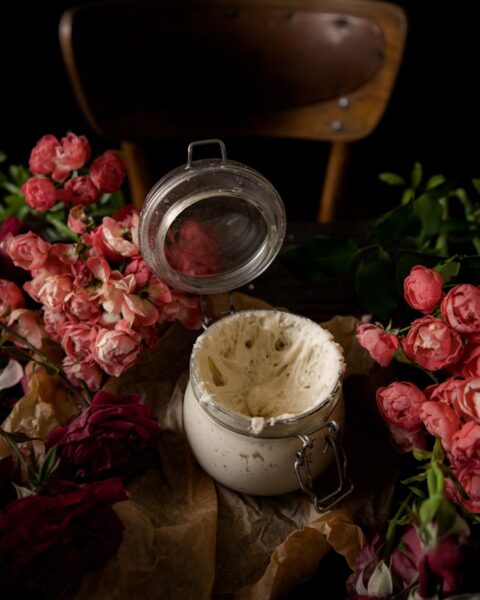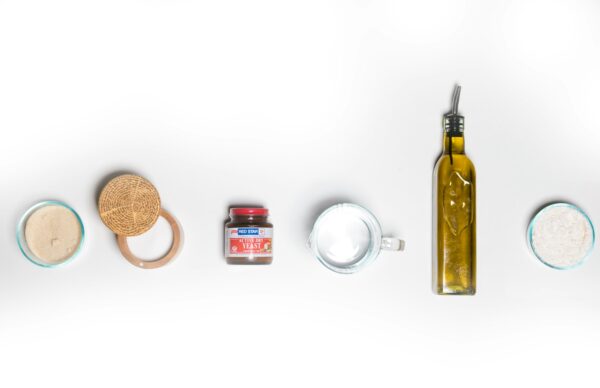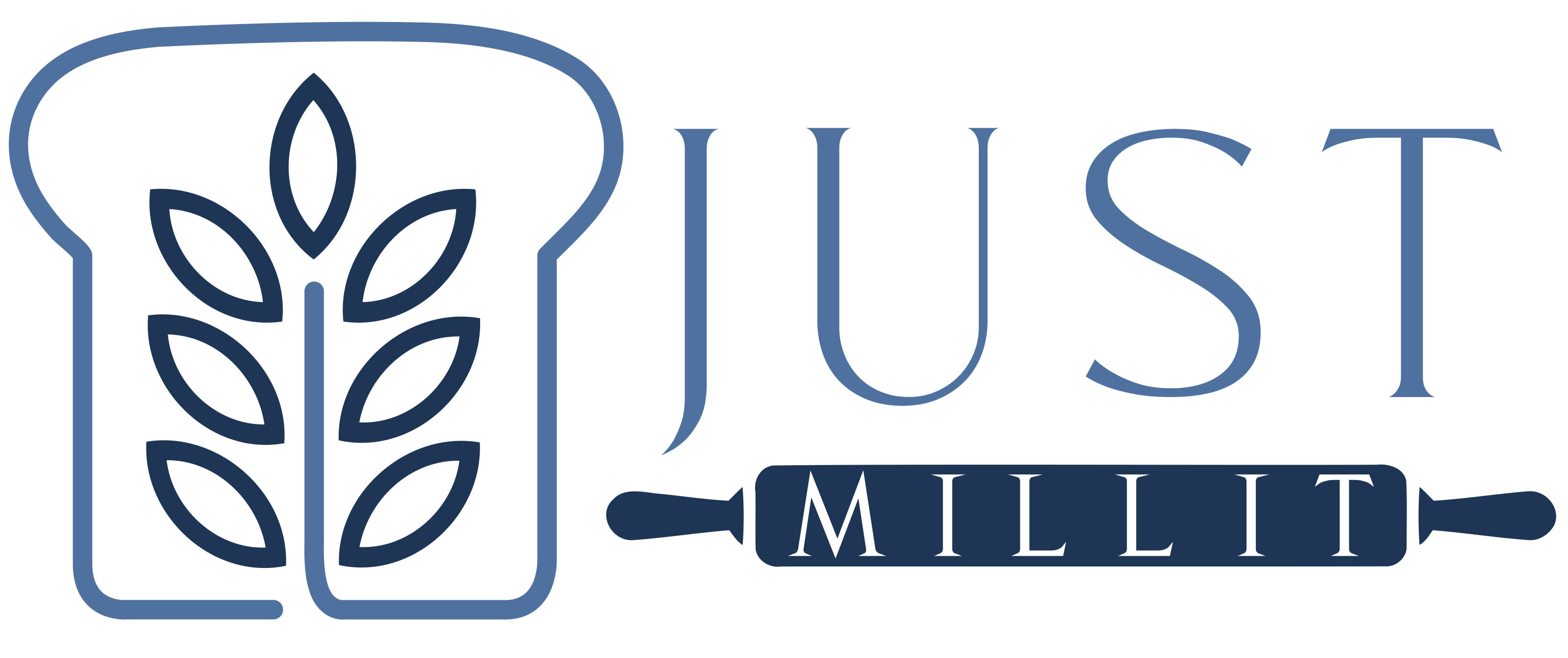
Let’s Talk Yeast: Your Bread’s Best Buddy!
Ah, yeast—the magical ingredient that turns dough into fluffy, delicious bread. If you’ve ever been baffled by the yeast aisle at the store, fret not! Here’s a friendly guide to help you navigate the world of yeast options:
Active Dry Yeast: Oldie but Goodie
This classic yeast has stood the test of time. You’ll need to wake it up by proving it in warm water with a pinch of sugar. Wait a few minutes until it gets all bubbly—like a cozy little science experiment in your kitchen! If it stays flat, it’s time to bid adieu and get a fresh batch. This one usually takes longer to rise, but many report this one lasts longer than the others in how active it remains.

Instant Yeast: Quick and Versatile
Instant yeast comes in two types—one for regular bread and another for sweet treats like brioche. But guess what? You can totally use the regular kind for both! It’s ready to rock as soon as you mix it into your dough. Just note, it might take a tad longer to rise if your liquids are chilly, but instant yeast rises faster than active dry yeast. This is the one I use.
Baker’s Yeast: Fresh, but With Caution
Also known as fresh yeast, this one’s a bit of a diva. It’s mixed with refined flour or cornstarch, which might not align with your fresh milling dreams. So, it’s often better to opt for other types unless you have a specific craving for this one.
Sourdough Starter: The Wild Child
Not your average yeast! Sourdough starter is like a pet you feed and nurture. Mix flour and water, let it ferment, and watch it bubble and grow. It takes patience (around two weeks to get it going from scratch!), but you can always snag a bit from a friend to jump-start your sourdough journey, or buy starter and feed that. Sourdough breads take the longest to rise, but the benefits are many and often worth it for the complex flavor.
Homemade Yeast: DIY Adventure
Some brave souls craft their own yeast from potatoes, grapes, and other kitchen magic. It’s a wild ride, but we’ll save that tale for another day—maybe when we’ve got more time and potatoes on hand!
So there you have it, yeast in all its glorious forms! Whether you’re a bread-baking novice or a seasoned pro, choosing the right yeast can make all the difference. Experiment, have fun, and remember, the best breads often start with the perfect yeast friend.
If you haven’t yet, it would mean the world if you could subscribe to my mailing list (I’ll send you some free printable recipes and other goodies) and follow me on social media. Thank you!
May your kitchen be filled with the delightful aroma of freshly baked bread!

